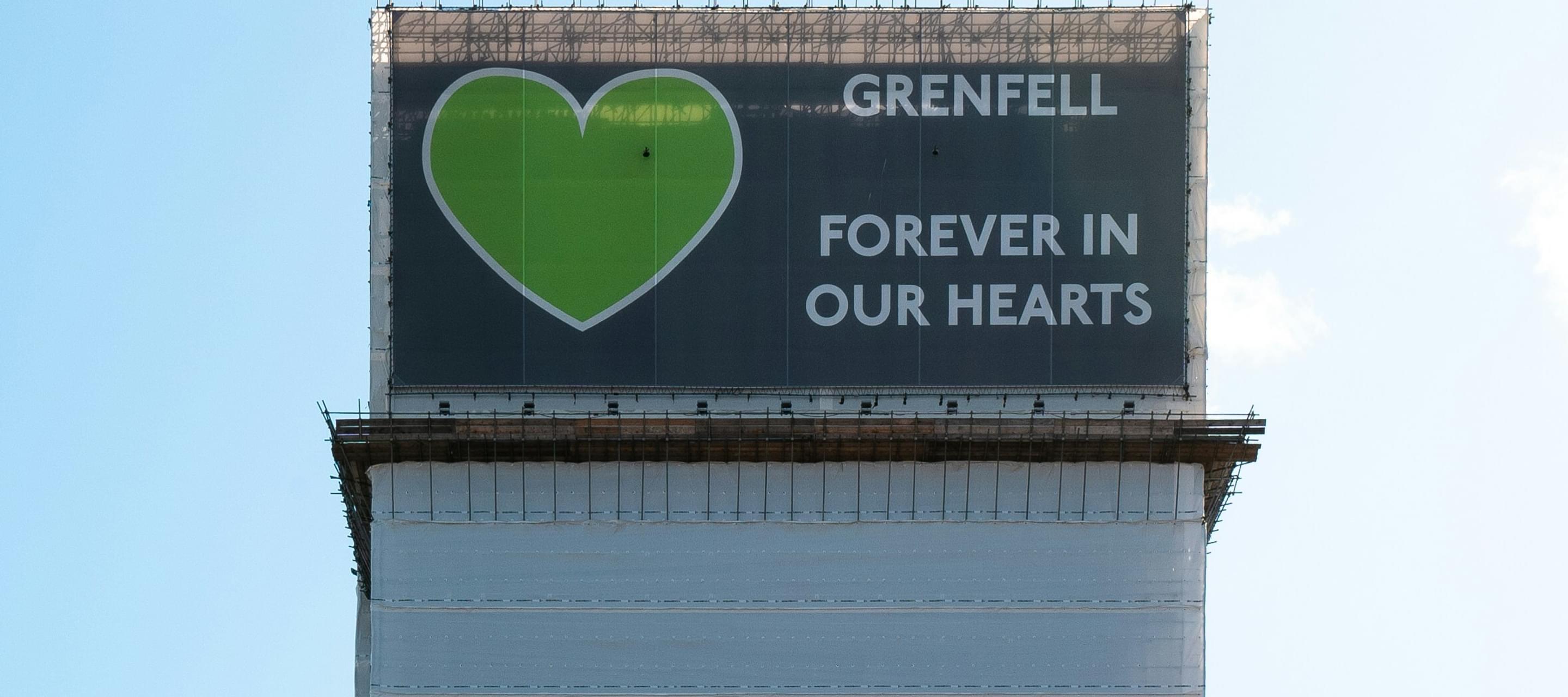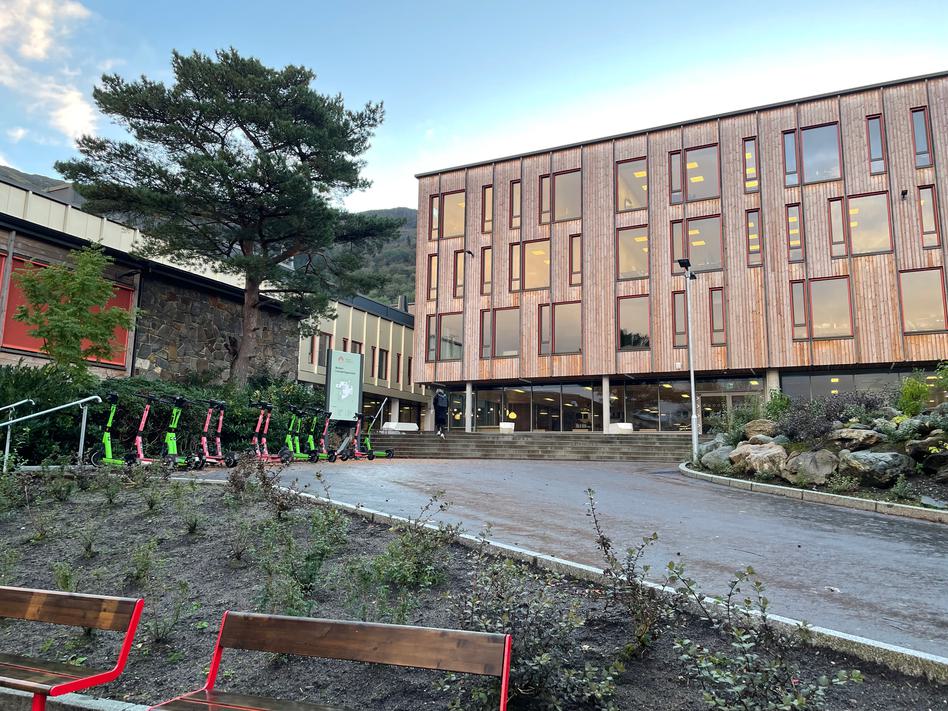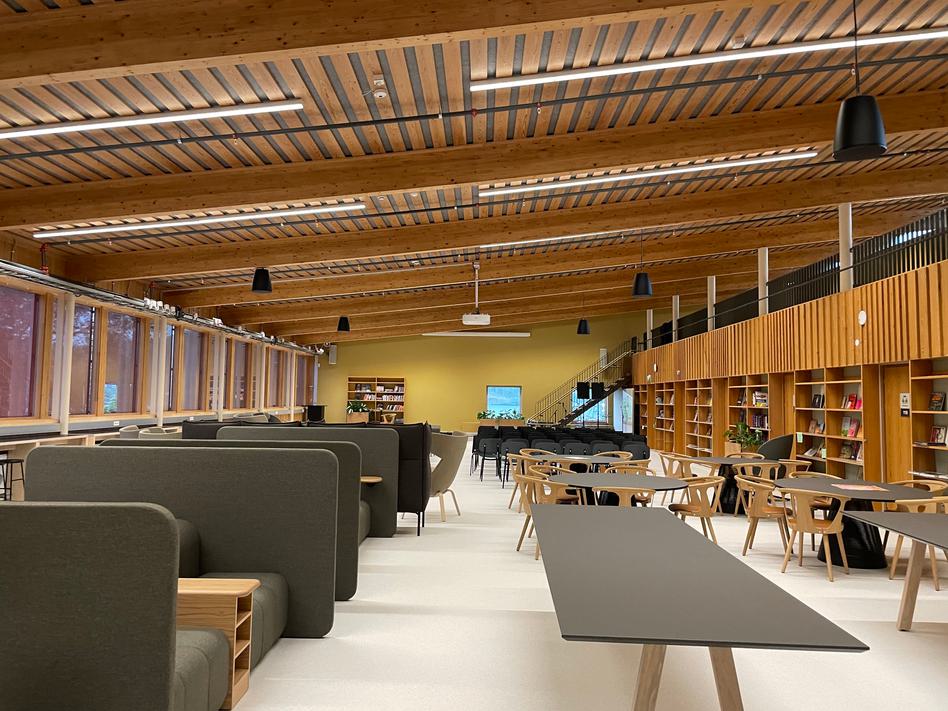Lessons from Grenfell: the imperative to build with dignity
2 October 2024

One third of the world’s population lives in inadequate housing, with 1.3 million people sleeping rough or in temporary accommodation across Europe. With rising sea levels, ever-more-frequent extreme events, and conflicts - some climate induced, these numbers are likely to grow without urgent action by governments and businesses.
From Indonesia to Chile, Portugal to Greece, our research at IHRB has identified countless programmes that are aiming to rapidly build more homes to address the global housing crisis.
Speed cannot, however, come at the expense of dignity.
Building without Dignity
Following World War II, new construction quickly put roofs over many heads across Europe. But in many cases these projects relied on cost-cutting measures and low-quality materials, which, decades later, led to inadequate living conditions, dampness, and mould, particularly affecting marginalised groups. Today, much of this building stock requires extensive retrofitting initiatives, such as the installation of the exterior cladding on the Grenfell Tower. Intended to provide insulation to the tower, the unsafe cladding was highly combustible and caught fire on the 14th June 2017, killing 72 residents.
Findings from the Grenfell Inquiry, which was commissioned by the 2017 UK government and published in September this year, highlight “systematic dishonesty” from those who made and sold the cladding, with manufacturers “deliberately concealing” the true extent of the danger and making “false and misleading claims” about product suitability. The local city council showed “persistent indifference” to fire safety, and the national government ignored warning signs from other fires. The inquiry concluded that the way building safety is managed is “seriously defective”, a concerning sign as the UK embarks on its biggest homebuilding programme in decades.
Addressing systemic failures
Our research shows that in a number of countries, housing issues are framed as individual failures rather than systemic ones. However, this narrative is stronger in some countries, like Portugal, where government-provided social housing is scarce, compared with Austria, where 24% of all homes are social housing.
Issues of stigma and marginalisation also surface in the provision of accommodation for migrants and newly arrived refugees. From encampments to barges, there are numerous examples where the rights and interests of vulnerable populations relating to adequate housing are not safeguarded, including for those fleeing wars or persecution.
Dignity by design
I recently had the privilege of visiting the newly opened Inclusion Centre in Bergen, Norway, as part of a week-long festival to celebrate this important initiative. The Centre is an example of how human rights concerns can be prioritised in new building projects. The facility is a converted school building that is now providing language and other essential services for newly arrived refugees and migrants in Norway. IHRB partnered with Bergen Municipality, the Rafto Foundation and others to make the Centre a pilot project for IHRB’s Dignity by Design framework, which outlines how a human rights-centred approach supports governments and businesses in minimising human rights risks and maximising social outcomes in urban development.

The festival celebration included concerts, shared meals, and sporting events to embrace cultural diversity. A session on architecture as a tool for social inclusion featured designers who explained how the Centre’s users were placed at the heart of many design decisions, from bathrooms to canteens and prayer spaces, ensuring alignment with diverse cultural backgrounds, needs and lived experiences.
Numerous facilities, including language classrooms, a swimming pool, sports halls, kitchens for cooking classes, and even model apartments complete with appliances, help migrants at the Centre adjust to Norwegian life before settling into their own homes.

To reduce human rights risks associated with complex supply chains, the Centre’s design team retained 67% of the existing teacher training building, including repurposing the old roof into a new greenhouse for gardening lessons. Where new materials were required, the construction company focused on re-use and local sourcing, reducing emissions and supply chain risks such as forced labour and modern slavery.
A local artist shared his collaboration with seven refugees in creating the artwork that now fills the atrium, and the Centre’s managers explained how the wider local community was involved in designing shared facilities, like the playground and sports pitches. We also heard directly from four of the Centre’s users, who expressed the pride they feel walking into the facility, their sense of belonging, and newfound safety.
These are precisely the outcomes envisioned by the Dignity by Design framework, and seeing its real-life impact in Bergen reaffirmed the need for our upcoming plans to convert the framework into an online tool improving accessibility, usability, and actionability for investors, policymakers, designers, and construction companies. From land acquisition to design, operation, and redevelopment, the framework clearly outlines the importance of human rights in all the stages of a project.
Most inspiringly, it was heartening to see the Inclusion Centre in Bergen being used not only by migrants and refugees but also by people in the wider local neighbourhood, fostering community integration and helping avoid polarisation that too often pits long term residents and newly arrived individuals against each other.
The Inclusion Centre made me think back to the scale and pace of the challenge at hand. While building such a facility isn’t as quick as providing temporary accommodation, it’s a long-term solution that helps marginalised communities feel at home, builds bridges with the wider community, and avoids the pushback often faced by temporary accommodation projects.
As we seek to tackle existential global challenges like climate change, migration, growing inequality, and housing affordability, it is crucial to place human rights and human dignity at the core of how we design, build, and construct our cities.




